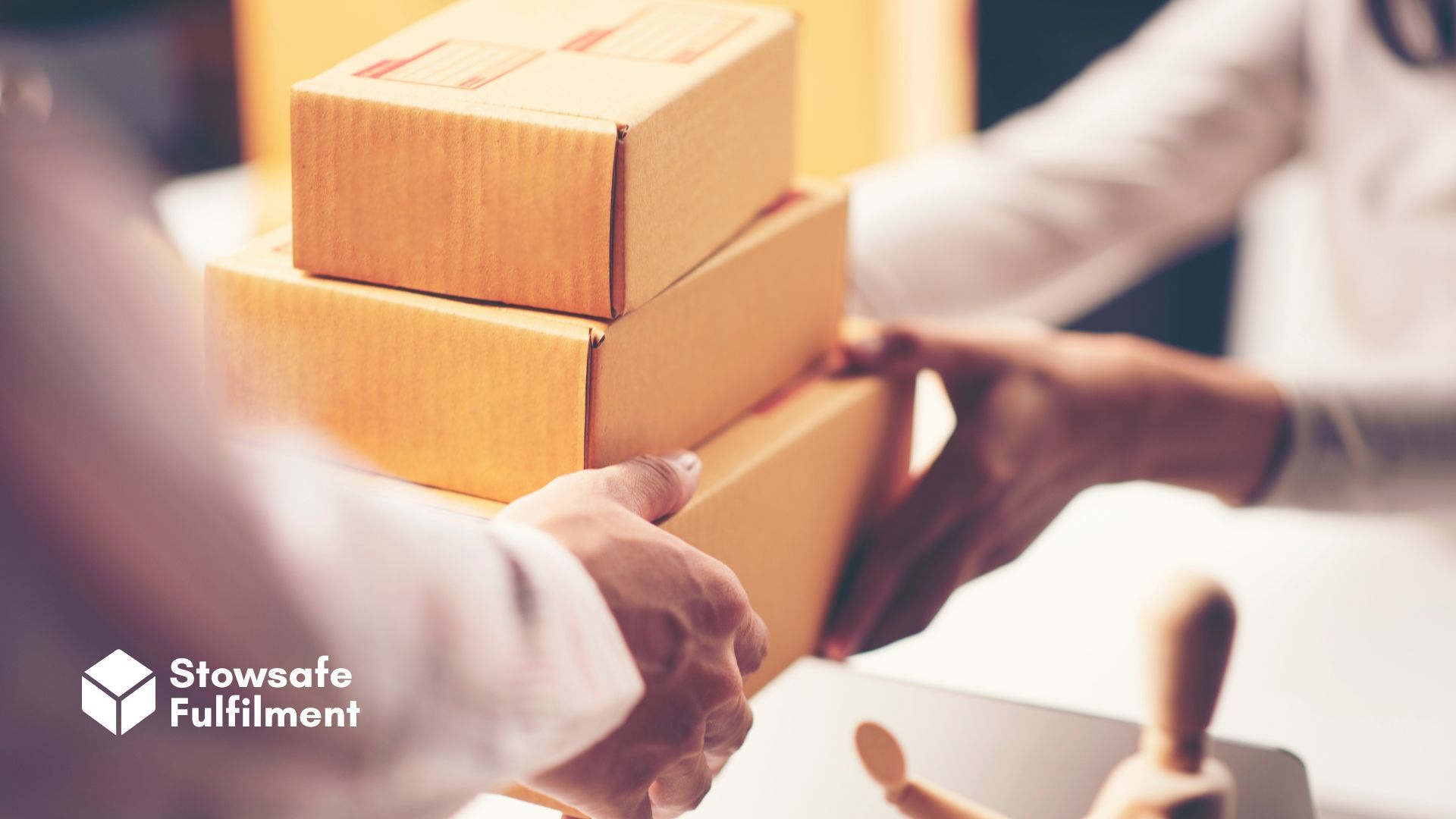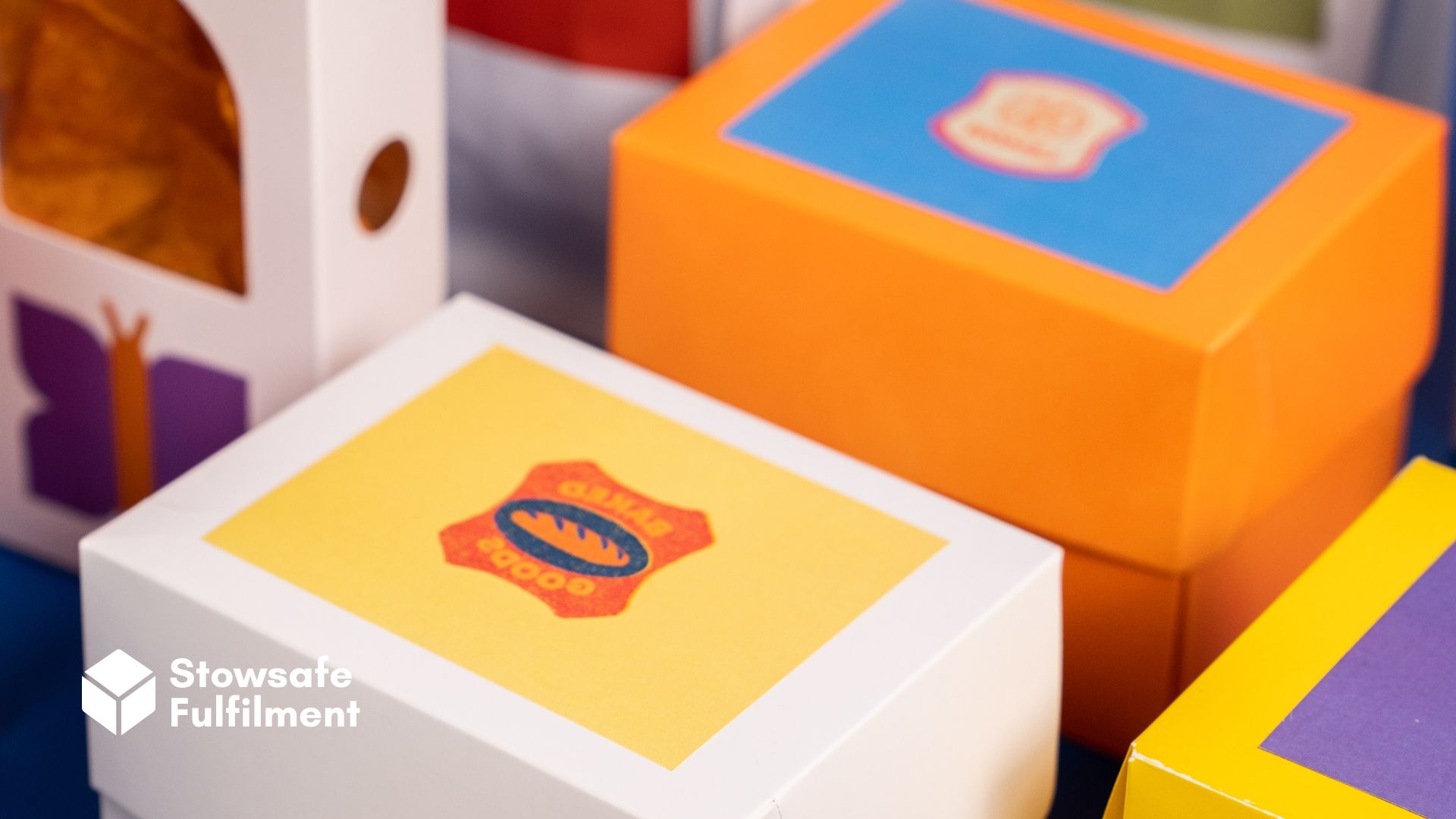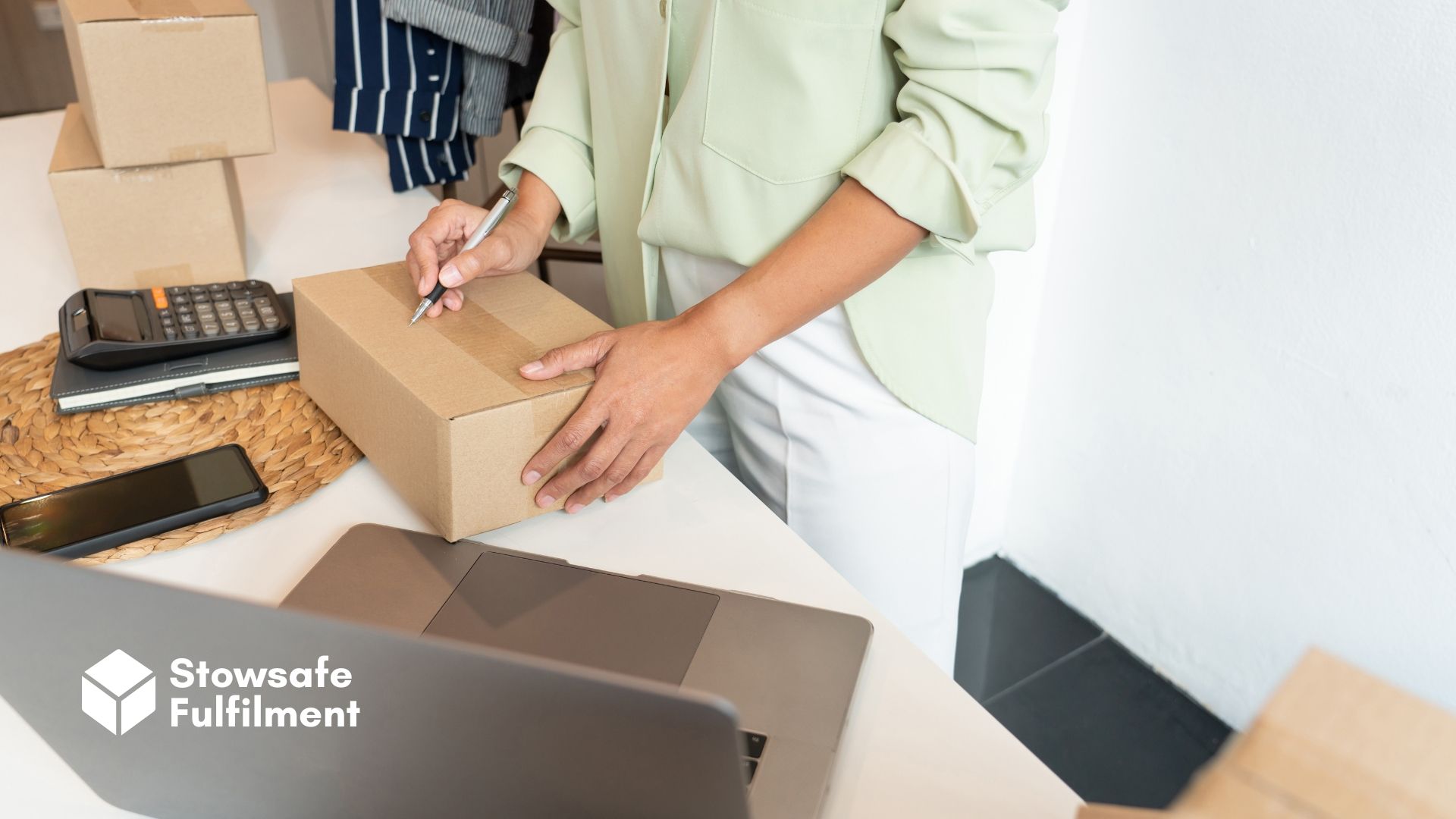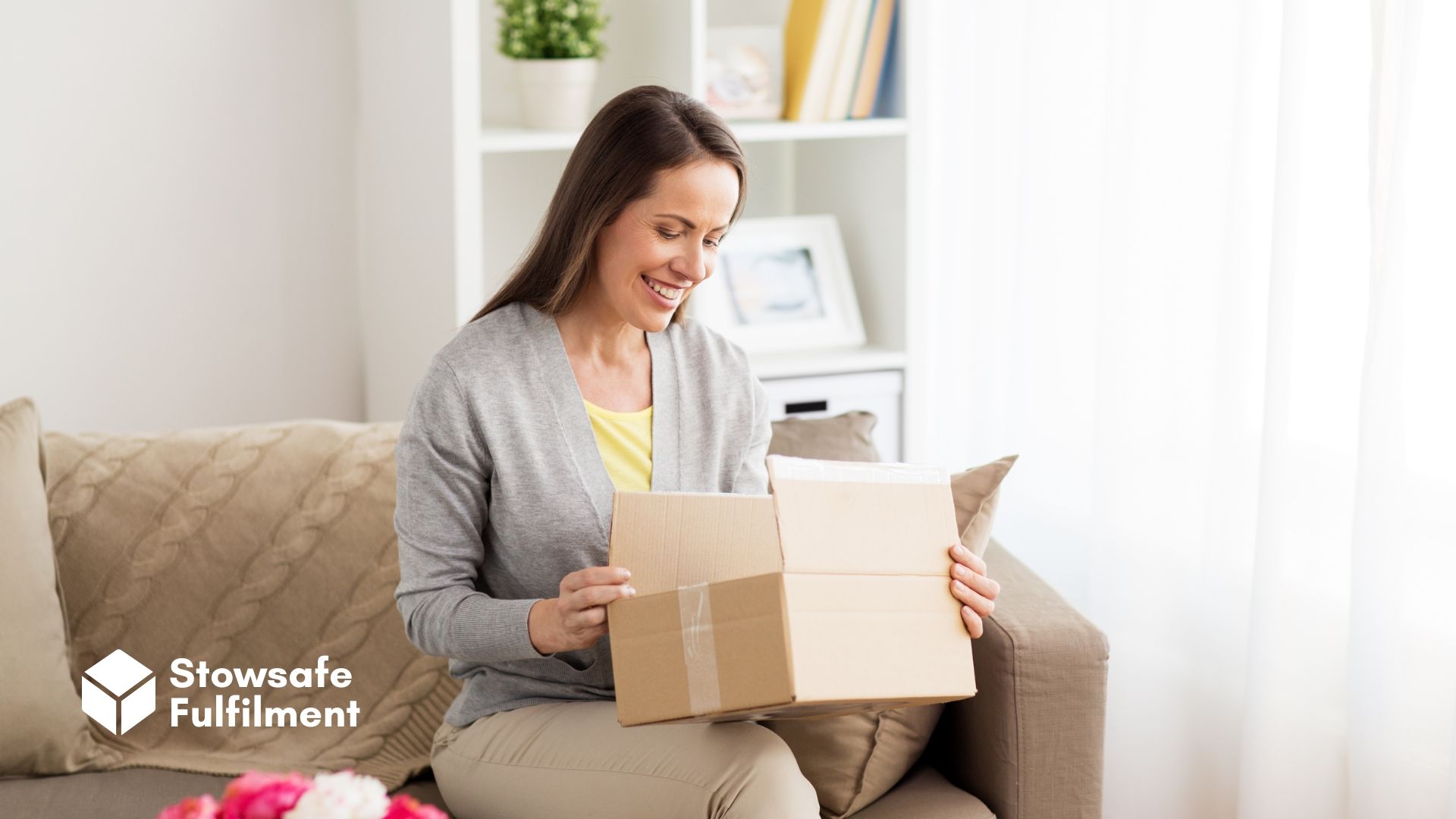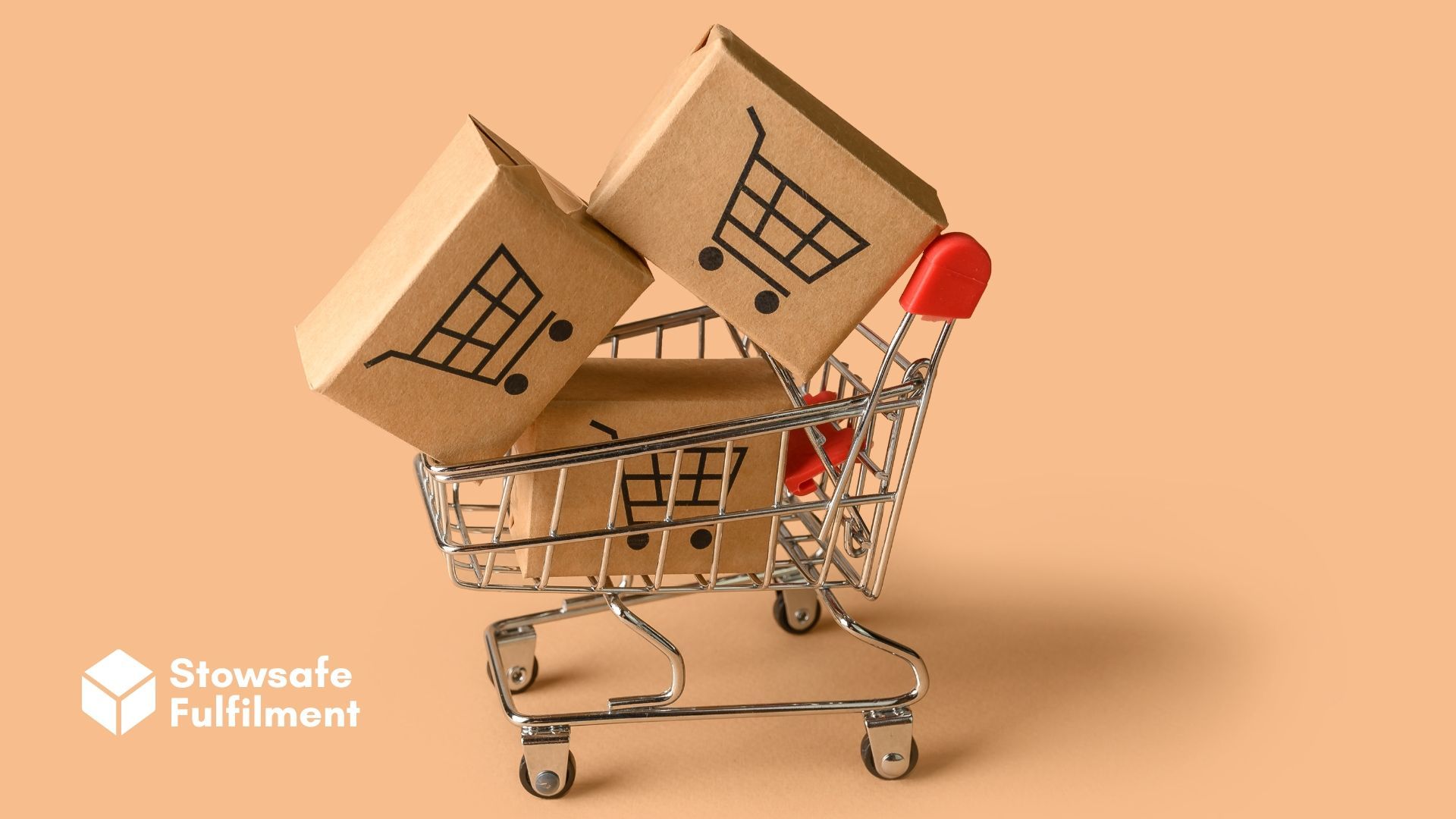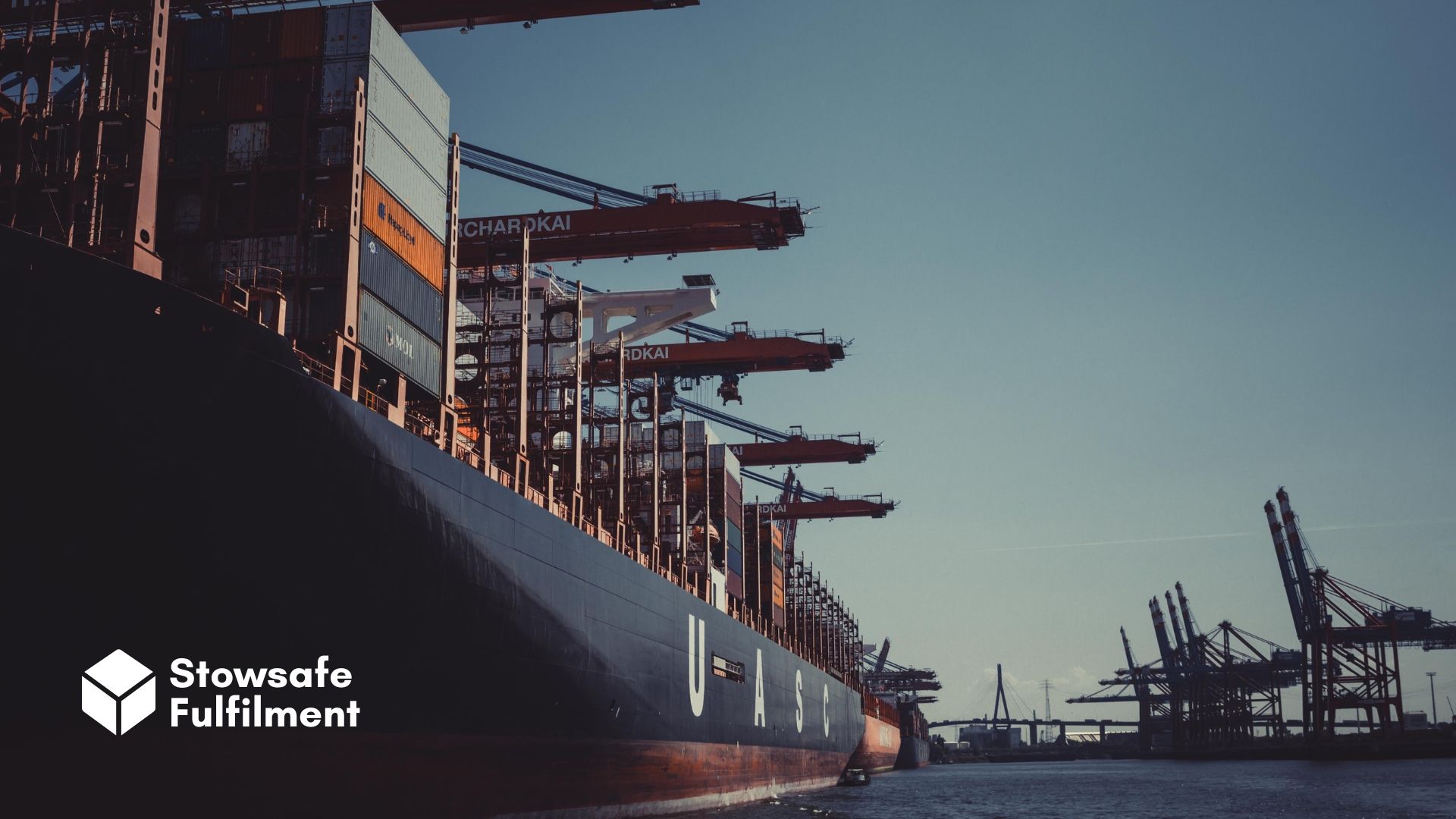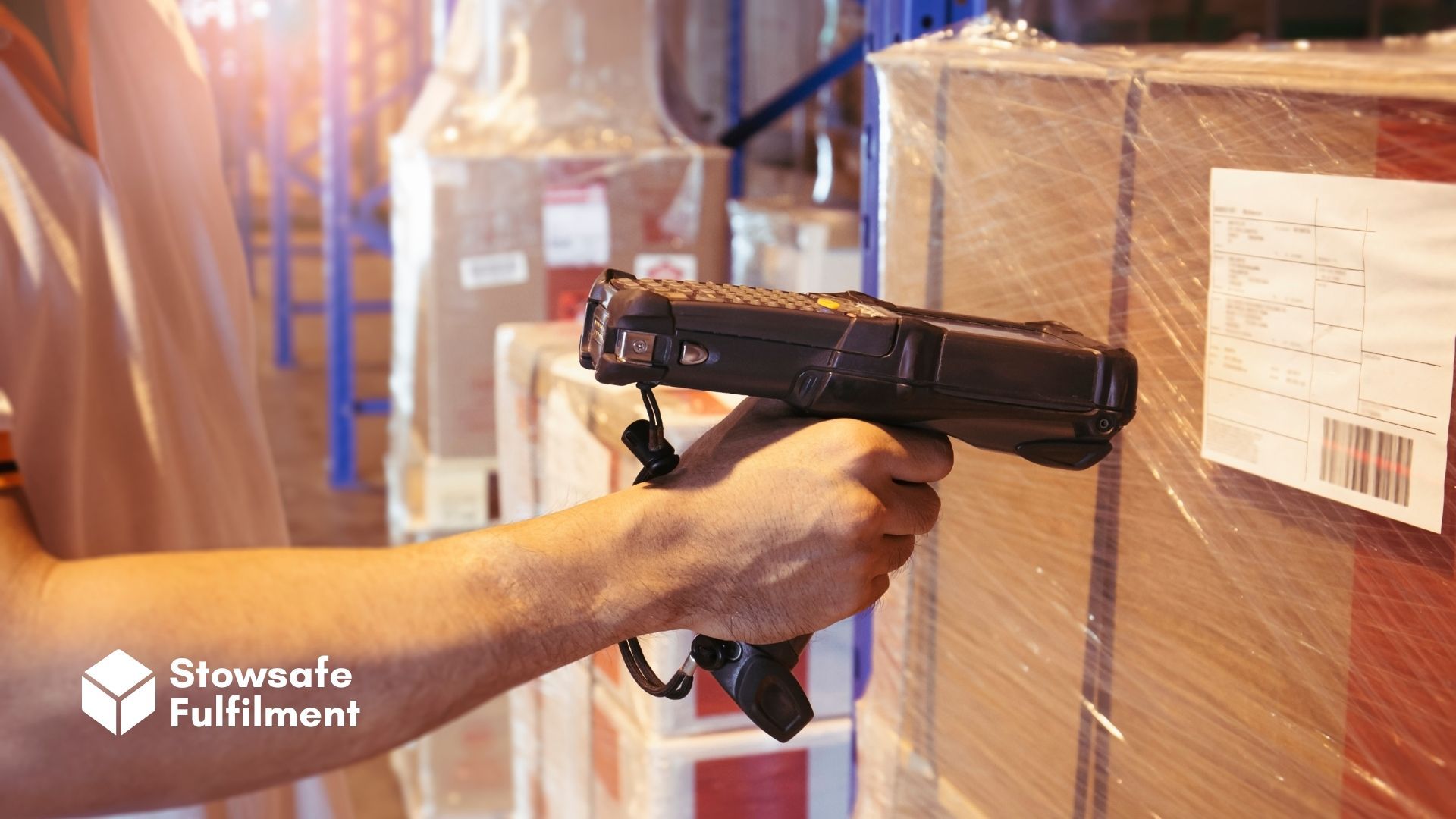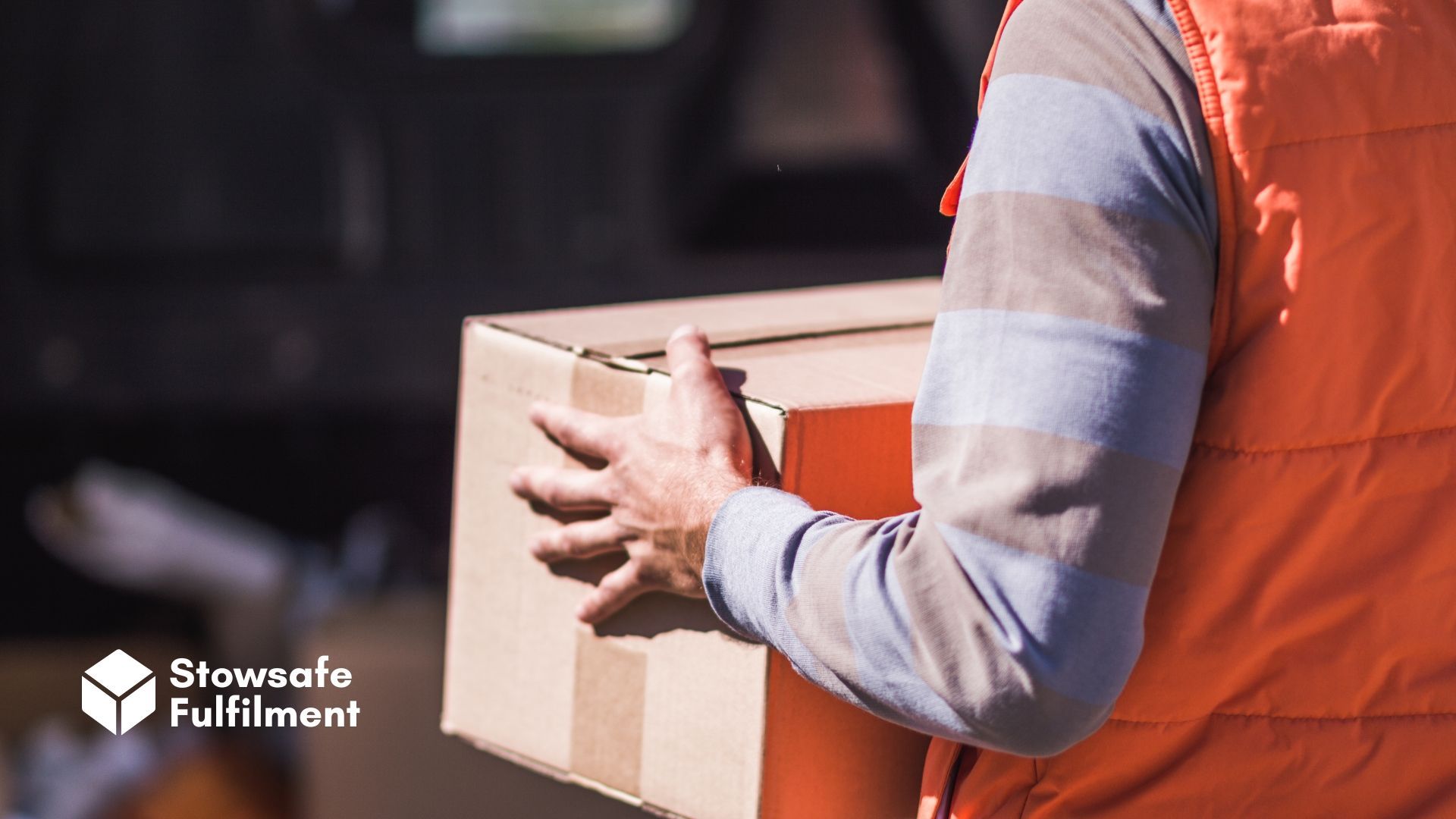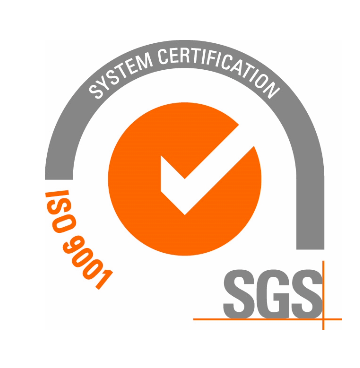Barriers between the digital and physical worlds are dissolving. With everyone talking about convergent commerce, what do retailers need to know?
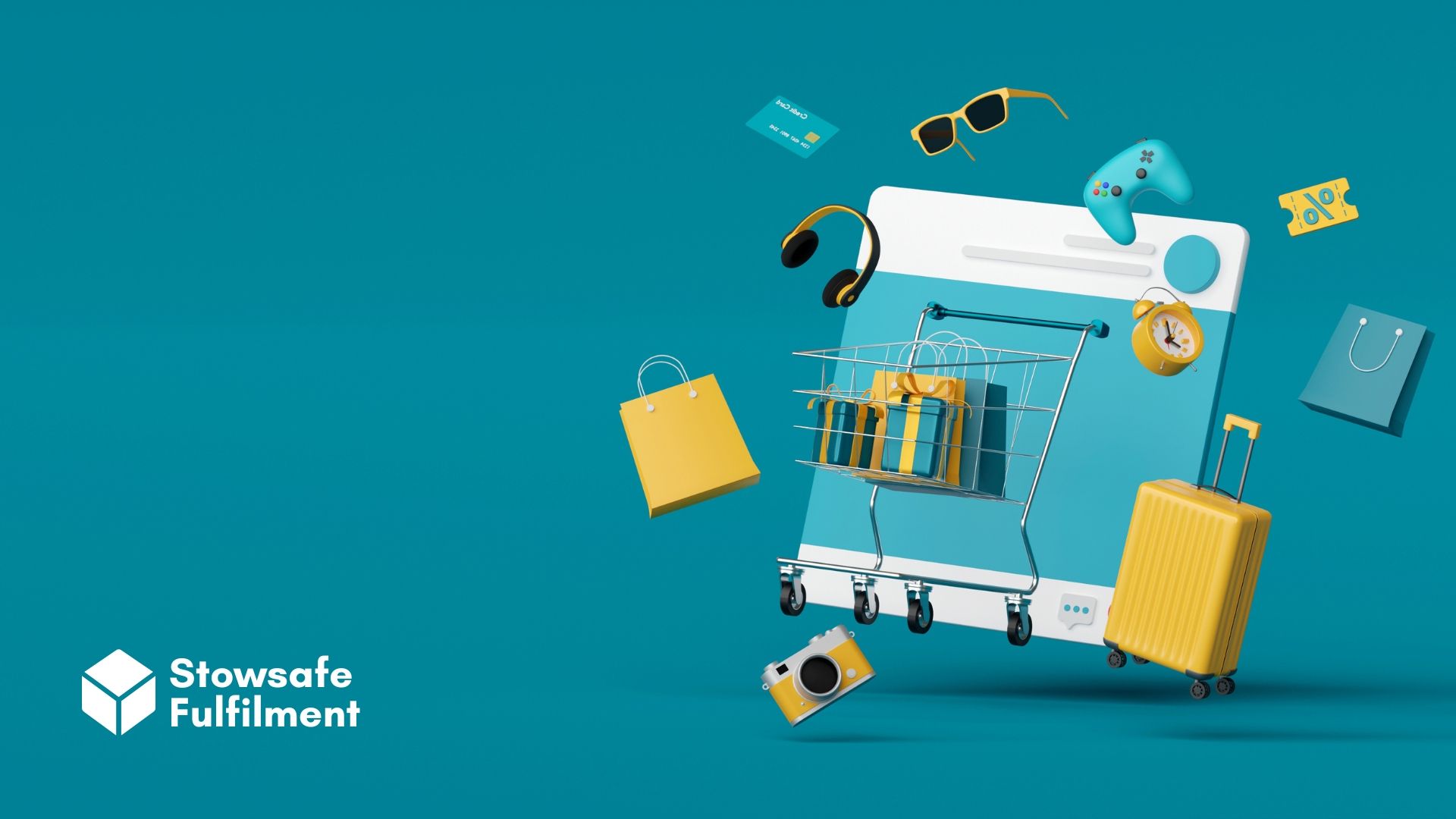
To say that retail is evolving rapidly is an understatement.
After the COVID-19 global pandemic, consumer dependency on digital services meant innovation in eCommerce skyrocketed, propelling the industry forward in ways nobody could have predicted.
As the world has regained some pre-pandemic normalcy, however, many customers have returned to bricks-and-mortar to some degree, meaning the strength of eCommerce has softened. Today, retailers are grappling like never before to gain customer attention, loyalty and confidence in what is now an extremely competitive environment.
This also means finding creative new ways to generate impulse, upsell and cross-sell purchase decisions online – traditionally easier achievements in stores, where customers engage with brands and products on a more personal, physical level.
The cherry on the cake? Delivering what the customer wants at the price, manner and time frame they expect. Spoiler alert: customers have
pretty high standards for delivery in the wake of a global pandemic.
Convenient home delivery was transformed from a unique selling point to a straight-up necessity in the eyes of the consumer. In 2023 and beyond, a frictionless, circular experience will no doubt be the deciding factor in where customers choose to buy digitally.
So how exactly does a business succeed? Market growth in online retail showed the value of moving away from the multichannel approach to a more holistic omnichannel structure. But now, everyone's talking about convergent commerce.
Some call it "commerce anywhere". Others have branded it as "new retail", "future retail", "smart retail" and even "retail 2.0". Whatever its name, the convergent commerce approach is the future opportunity no retailer can afford to miss.
Omnichannel, multichannel, convergent… what's the difference?
To understand what convergent commerce means, we must first look at industry terms like multichannel and omnichannel.
A traditional
multichannel commerce structure operates in a siloed fashion, often with separate departments and divisions per channel. Here, products are bought via the website or physical store, operating separately.
Omnichannel, on the other hand, operates more seamlessly. The goal is to be accessible and frictionless, with barriers removed across the customer journey from marketing to payment. Products can be bought via the website, but collected or returned in the physical stores.
Convergent commerce pushes the omnichannel approach one step further, making it possible for consumers to embark on – and end – the buying journey anywhere, supported by a constant stream of real-time information. Products can be bought directly from social media posts containing "buy it here" buttons, or from live-streaming events devoted to showcasing and discussing new products between subscribers.
As the physical and digital worlds become increasingly interwoven with ever-deeper and more complex threads, the customer journey is no longer linear or fragmented. Every customer experience must be connected seamlessly across physical and digital – and winning market share will require strong management of these touchpoints.
How are retail channels converging?
Sometimes, it can feel as though the world is moving too fast and in too many directions for anyone to understand clearly. Convergent commerce can be difficult to conceptualise by its very nature – and due to the scope of what the term actually means.
So let's take a look at a couple of examples. Two of the most popular types of convergent commerce right now are social commerce and voice commerce.
Social commerce
Gone are the days when social media was just for chatting with friends or planning a 10-year reunion.
Organisations clued up on the opportunities for marketing and advertising a while back. But now, social media channels are a hive of inspiration, discovery and discussion. Unboxing trends and affiliate marketing partnerships turn every consumer into a potential partner – and their subscribers can go straight from discovery to purchase in one click.
For those not closely involved, it might be tempting to think that the temperamental nature of social media and how quickly trends fly by might indicate that social media commerce is a wagon not worth jumping on. However, Ipsos
data indicates that:
- More than one in 10 online purchases are being made directly from social media.
- Two-thirds (64%) of US consumers have purchased something on impulse via digital means in the past three months.
Like it or not, social media is a big part of life now. And this space offers not just a sense of community in the digital world, but also an opportunity for consumers to connect with products and brands in ways they haven't before – or haven't online, at least.
The power of peer review in the digital world replaces the experience of physically "going shopping" with friends on a weekend. Unboxing videos on YouTube, a product flagged on a friend's newsfeed, "side hustles" being started on WhatsApp… All offer new and exciting ways to buy something – and for the act of purchasing to feel like an event, not just a task.
Voice commerce
Also known as V-commerce, voice commerce allows customers to make purchases using voice commands delivered to a home or mobile voice assistant. (Think Siri, Alexa, Echo or Bixby.)
V-commerce includes conversational AI tools, such as chatbots, which are growing in popularity across devices, websites and platforms. Here, the internet of things (IoT) has blossomed into its own type of commerce.
As with social media commerce, a huge benefit is the lean customer journey. V-commerce increases the likelihood of one-click and impulse purchases. "Alexa, re-order bin bags" expedites the journey for boring necessities – essentially making the inconvenient convenient.
But while it's frictionless, V-commerce does pose other challenges. A limited product offering makes this shopping method functional rather than experimental, posing challenges for brands trying to encourage switching or create awareness.
The future needs a data-driven foundation
Converging commerce brings plenty of opportunities, but it also creates pressures for organisations.
Supporting and blending a multitude of customer touchpoints will only be achievable with the right infrastructure to sustain it. Retailers must be confident their enterprise has the right technology architecture to offer flexibility and resilience.
And data lies at the heart of omnichannel and convergent retail. Without access to accurate and timely data, businesses will find it difficult to deliver on customer demands or react quickly to issues.
Fostering the right partnerships will be critical in mastering the convergent landscape. With industry-leading technology and years of expertise to depend on, Stowsafe Fulfillment offers the necessary flexibility, real-time visibility and collaboration required to succeed in tomorrow's landscape.
At Stowsafe, we're proud to call ourselves the UK's most flexible fulfilment centre. Want to discuss success in a changing eCommerce landscape? Get in touch with our
UK fulfilment service specialists today.
All Rights Reserved | Stowsafe Fulfilment


